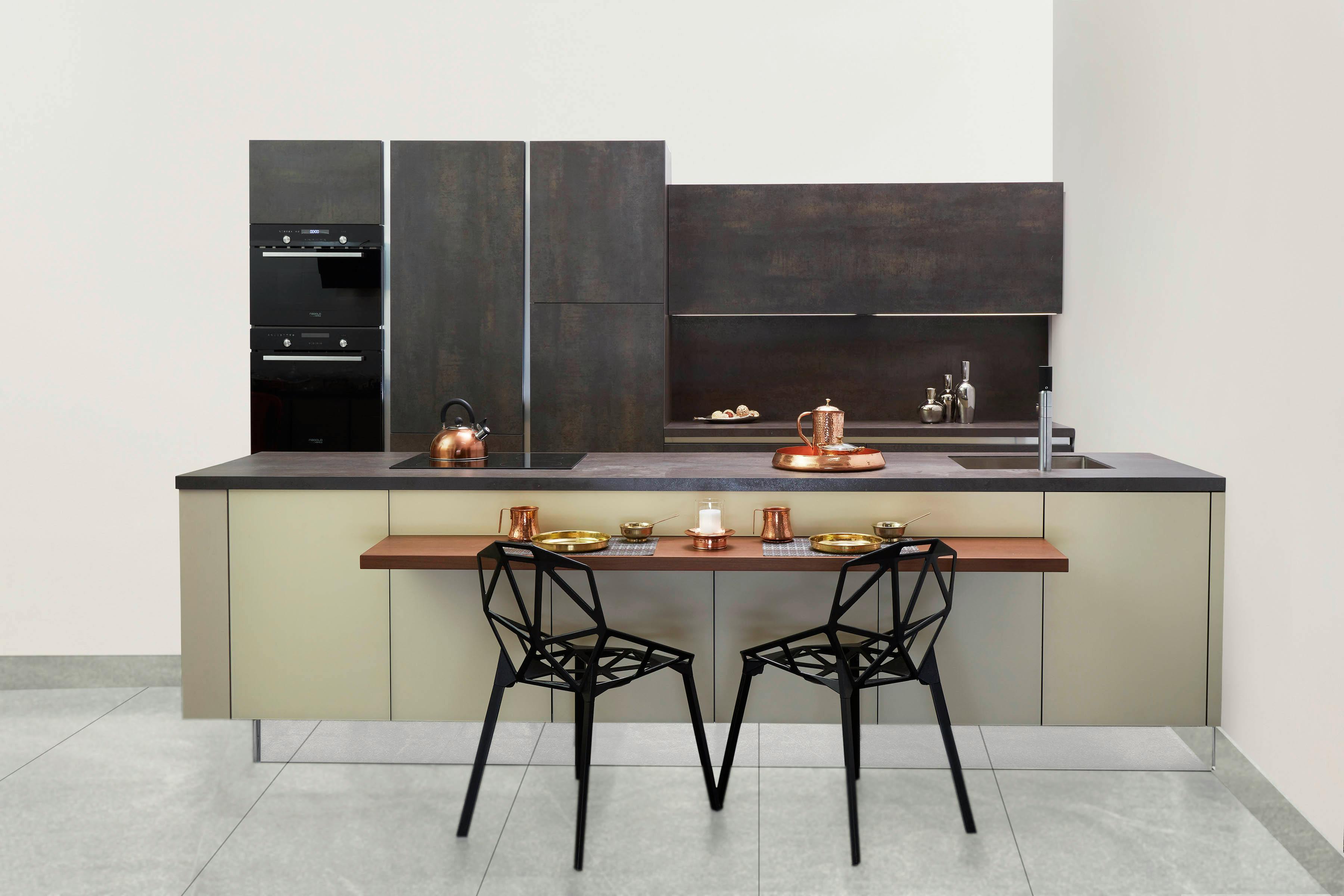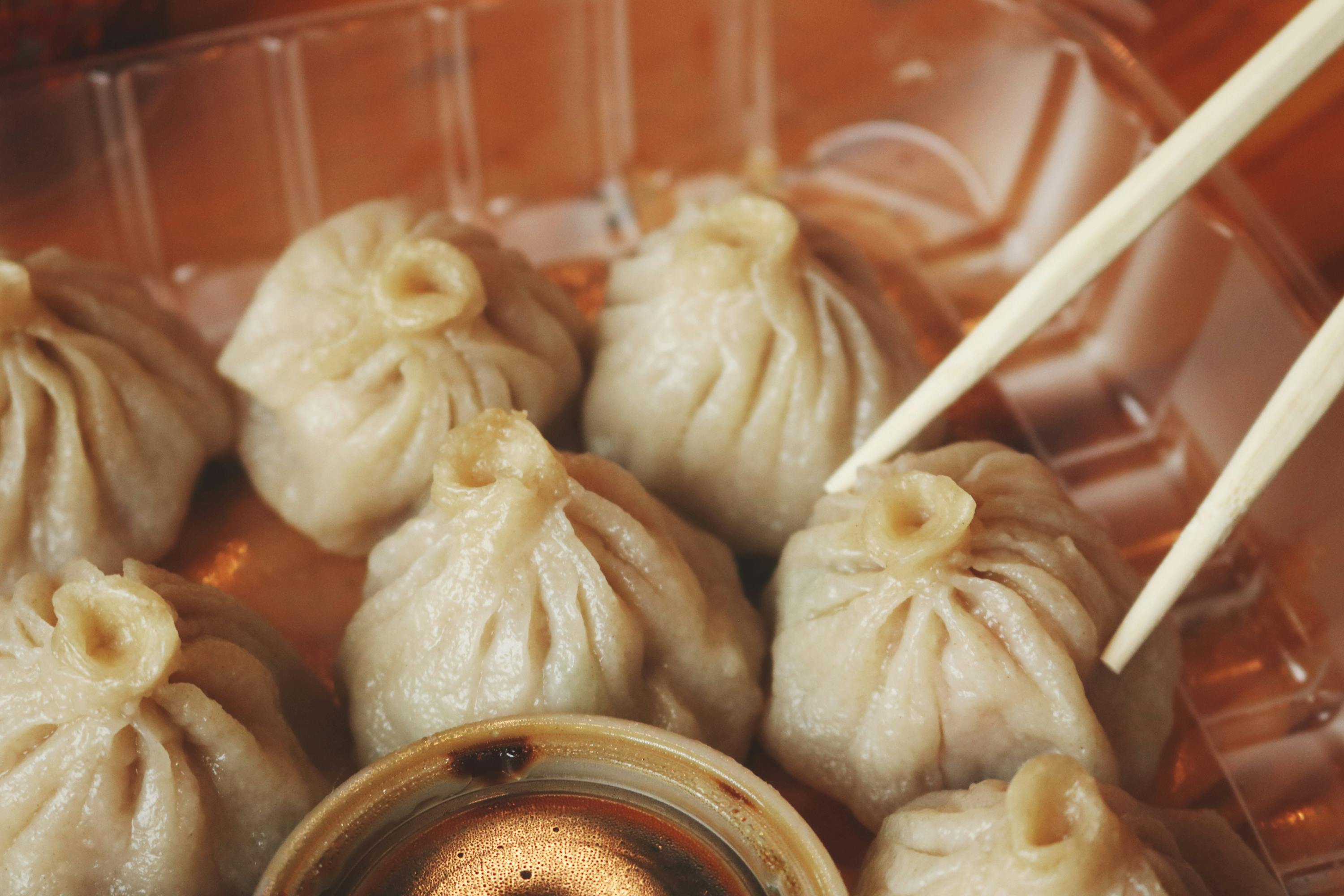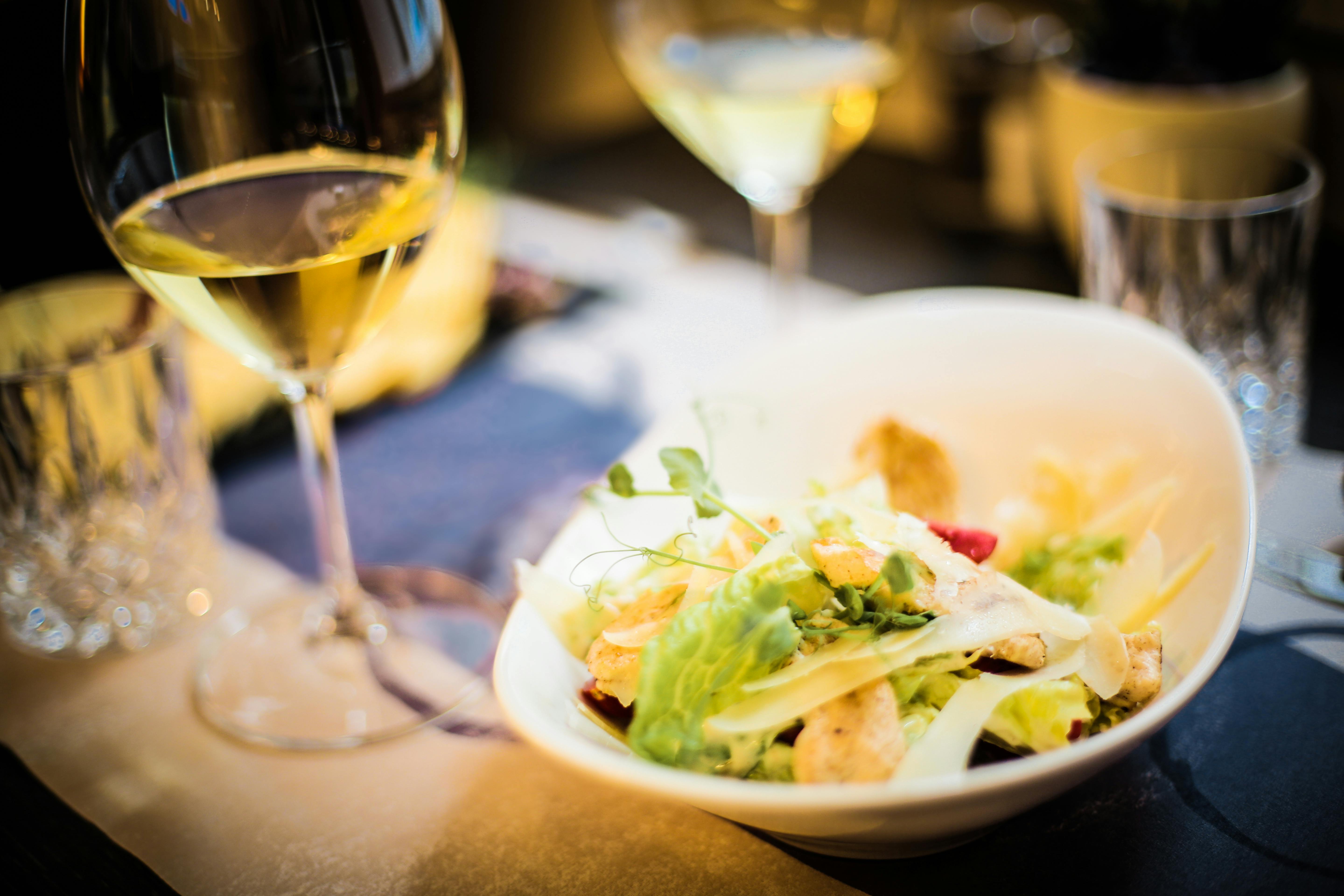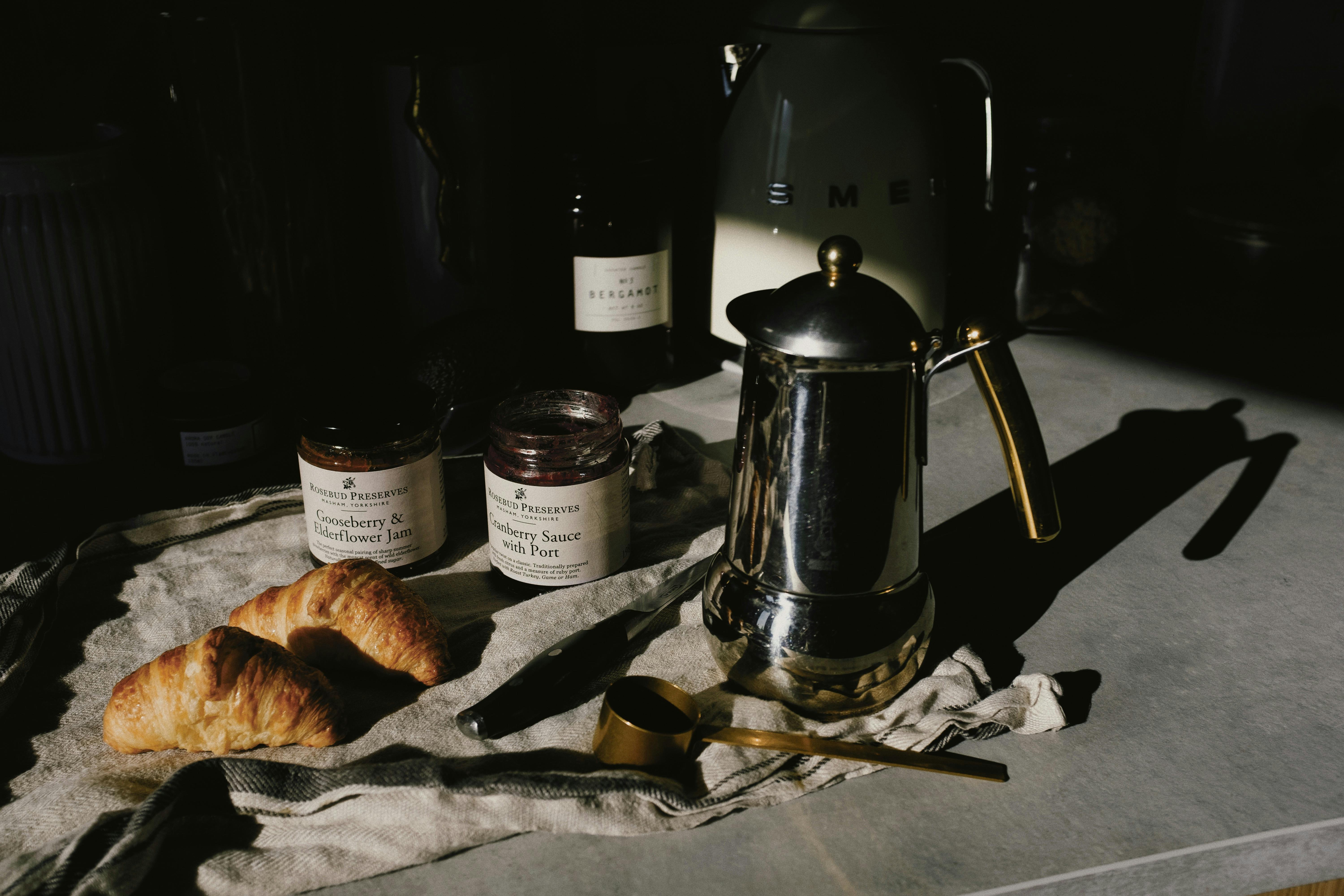Oak, mahogany, walnut, pine, rosewood, maple, elm; you may have some or all of these woods in your home. But do you know how to differentiate them? In this month’s column, we’ll talk about the different types of wood regularly seen in antique furniture and some common decorative treatments.
The basics
The wood is hard or soft. When I say hard, I mean that the wood is dense, while a soft wood is flexible. A good trick to tell the difference between hard and soft wood is that if you press your fingernail against a soft wood like pine, it leaves an indentation. But, this does not happen with a hard wood like oak.
The wood is coarse-grained or close-grained. In coarse-grained wood, the age rings of the wood are widely spaced, giving it an irregular appearance. In close-grained woods, the age rings of the wood are close together, giving it a smooth, delicate appearance.
Sometimes the wood is stained. Lighter woods, such as oak, elm, and maple, can be stained to look like a darker mahogany or rosewood.
Some woods (mahogany, rosewood, walnut) are perceived as more valuable than others (elm, maple, spruce). The reason for this is availability. The wood that must be imported is more expensive than the wood grown in the country. Abundant woods are not as expensive as scarce woods.
Oak
Oak is a coarse-grained hardwood found in Europe and North America. Beginning in the 17th century in Europe, oak was used to make furniture that is found throughout the home. There are several varieties, including red oak and white oak. Young oak is pale in color. But, over time and with polishing, the oak darkens and takes on a rich brown color.
Mahogany
Mahogany is a close-grained hardwood native to northern and central South America and the West Indies. Mahogany was a popular choice in England in the mid-18th century for the manufacture of fine furniture. It is a deep red color at times, however it is dark brown. Red mahogany is found in the West Indies and brown mahogany is native to South America. Mahogany furniture continues to be desirable today.
Rosewood
Rosewood is a close-grained hardwood indigenous to India, South America, and the West Indies. Rosewood is named for the rose-like scent that is released when it is cut. Occasionally, I find people confuse rosewood with mahogany. Both woods can be red in color. However, when you look closely at rosewood, you’ll see fine black (and sometimes white) rings that aren’t present on mahogany. Another trick to tell if an item is rosewood is to pick it up. Rosewood is a very heavy wood, heavier than mahogany. In 17th century China, rosewood was a popular choice for fine furniture makers. Also, in 19th century Europe, it was used to build better quality furniture for elegant homes.
Nut
Walnut is a close-grained hardwood found in Europe and North America. The color ranges from a light brown to a very rich golden brown and it is not uncommon to find walnut stains to make it look like mahogany. Sometimes illness leads to the unexpected. Burl hickory, the most prized form of nut, is the result of a disease that attacks the tree and causes a beautiful rolled, closed kernel. These days you see the look of burl walnut replicated in the plastic interiors of some high-end cars.
Pine tree
Pine is a pale, knotty softwood with a wide, straight grain. It grows in Europe and North America. Pine was often used in furniture intended to be painted. Everyday furniture (kitchen tables and chairs) was often made from pine.
maple and elm
Maple and elm are coarse-grained hardwoods found in North America and Europe. They were frequently used in utilitarian furniture. A veneer of a finer wood was often applied to these woods.
veneers
Veneer is a technique in which a very thin sheet of more expensive wood is glued to less expensive wood. Using less expensive woods like elm and maple and adding a more expensive mahogany or walnut veneer allowed furniture manufacturers to provide affordable furniture for a larger clientele. You might hear an antiques dealer say; “This table is walnut on maple.” The dealer means that the item has a walnut veneer and underneath the actual item is maple. A walnut over maple table is less valuable than a solid walnut table.
How do you know if your furniture is veneered? Look at the edges of the piece. If you see what appears to be a seam, it is veneered. On the other hand, if the edges of the part do not have a seam, it is solid.
The first veneers of the 17th century were cut by hand, so they could be uneven. But, in the 19th century, veneers began to be cut by machine. This allowed the veneers to be cut very thin and even. Depending on the way the wood is cut, veneer produces different effects. Butterfly veneer is produced when two opposing front grain veneers are cut diagonally from a branch. They are applied to reflect each other.
Marquetry/Parquet/Embossing
Marquetry is a technique in which various types of wood are applied to a surface to produce an image. Flowers and birds were often the themes. Exotic woods such as ebony, satinwood and tulipwood were frequently used.
The difference between marquetry and parquet is the theme. Parquet is a veneer that uses geometric patterns. Today, you see it on parquet floors and ornate chess and backgammon boards.
Inlay is a decorative treatment in which materials other than wood are cut into a design. The inlays were often made of bone, ivory, mother-of-pearl, brass, tortoise shell. Marquetry, parquet and inlay first appeared during the Italian Renaissance.
golden
Gilding is a technique in which gold leaf with plaster (a substance similar to plaster) is applied to wood. It is very decorative and was popular during the Italian Renaissance and the Louis period in France.




